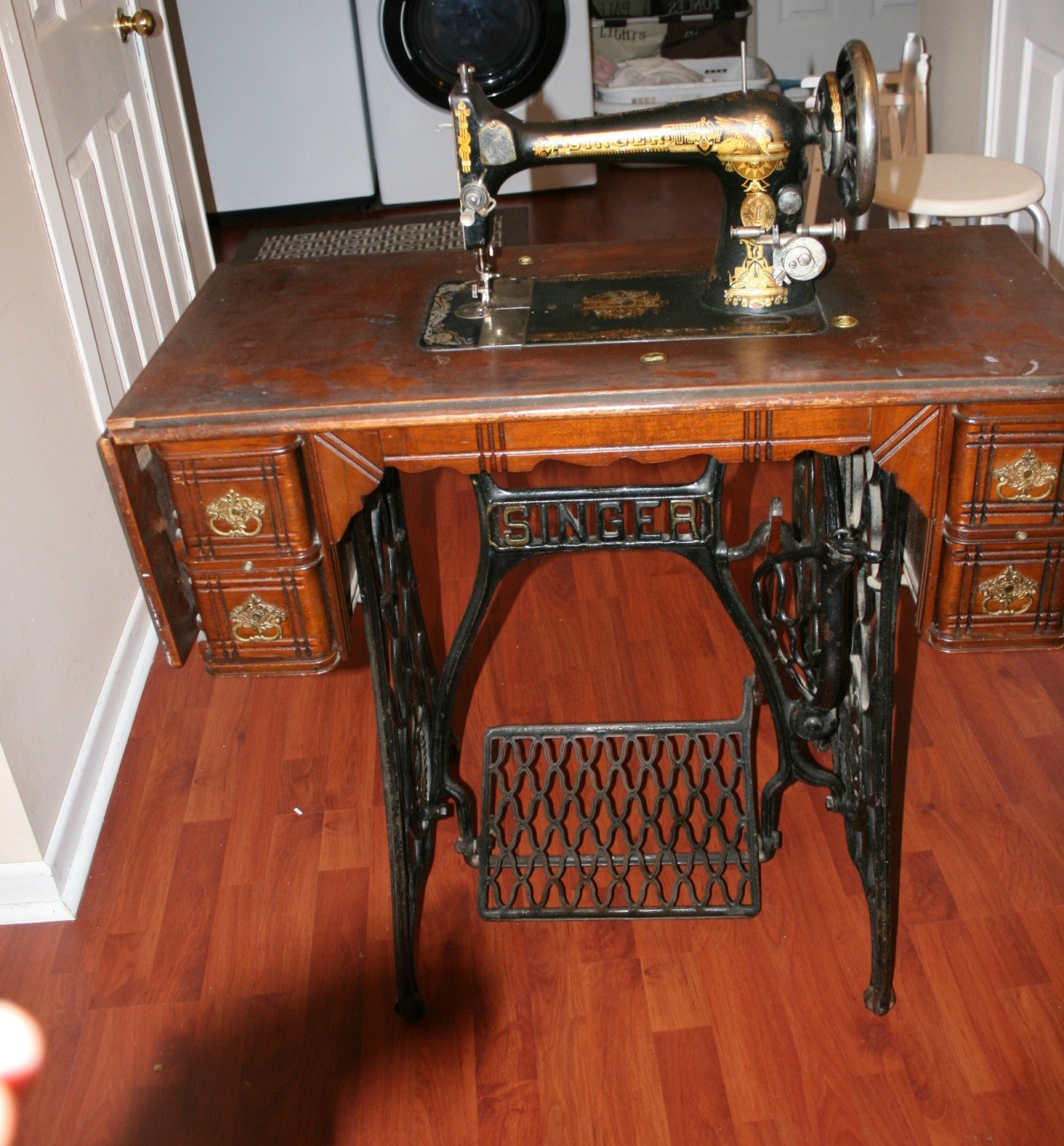

- #WHAT YEAR IS MY SINGER SEWING MACHINE G8006099 SERIAL NUMBERS#
- #WHAT YEAR IS MY SINGER SEWING MACHINE G8006099 SERIAL NUMBER#
Offering affordable machines with a multitude of features which are readily available, made them likely the most popular brand out there. They were the first to ever introduce electric, zigzag and electronic machines which were targeted to the home sewing market. Singer has a reputation for creating innovative machines.

But why is Singer so popular? It’s not only due to the rich history, but the fact that they cater to all sewing needs. Today’s machine can cost from as little as £85 up to £1300, depending on the functions and type of machine. Use of new materials throughout the 20 th century made the design sleeker and lighter, and allowed for new functions to be introduced. The treadle tables gradually faded away to chunky box bottoms in the 1930s. Electric motors and bolt-on lights were introduced to the machines in 1921. The design has naturally changed over the years with advances in technology.

A reliable, eco-friendly machine, many sewers still prefer to use this type of model today. A treadle sewing machine is powered by a foot pedal, and runs mechanically by the user pushing back and forth on the pedal. So they are still used, and are incredibly long-lasting. These older machines were made of heavy duty components and replaceable parts. They are still found in auctions and antique dealers today. Singer treadle sewing machines are one of the most popular Singer antiques. This enthusiastic approach to women continued into his private life, where he had a total of 24 children! Funnily enough, with an ‘enthusiastic’ approach to women, Isaac even hired female demonstrators to disprove that women were too incompetent to work a machine. Isaac Singer boasts a unique story, and was a pioneer of the sewing industry. Isaac Singer was the founder of the company, and the first to create treadle powered, belt powdered and eventually electricity powered sewing machines. They only continued making those in their spare time. By World War 2, the Singers were actually producing guns and bullets as a priority to sewing machines. Popularity only grew and factories opened worldwide. After opening a local factory in Glasgow, in 1867, the machines were flying off the shelves. The Singer brand is synonymous with being the best in the business. These rare models can fetch around £500 or even more, if they’re in perfect working order. This includes any of the machines that come with their own table, blacksides which have a black instead of polished finish, and the vintage 221 and 222 Featherweight models. However, if you find a damaged machine that can be repaired, it may still be a worthwhile purchase.įrom a collector’s viewpoint, there are a select amount which are valuable enough to be classed as real collectors’ items. Machines that don’t function at all may not be worth collecting. As expected, high quality, functioning machines are more sought after than damaged ones and tend to be a better option. Quality also plays an important part in the value of the model.
#WHAT YEAR IS MY SINGER SEWING MACHINE G8006099 SERIAL NUMBER#
By matching the serial number to the corresponding date, you can determine the exact age of the machine. Over 100 years old is considered an antique, and younger than that is ‘vintage’. The first thing to look for if you’re after a collector’s Singer machine, is the age of the item. The Singer company eventually managed their production from all their factories to match up with the serial number flow. All Singer sewing machines up until 1900 have no letter prefix, and came from all around the world. Each number is corresponding to a model from a certain date, and even location.
#WHAT YEAR IS MY SINGER SEWING MACHINE G8006099 SERIAL NUMBERS#
Singers have always been marked with serial numbers ever since production began. Why do Singer Sewing Machines have Serial Numbers?


 0 kommentar(er)
0 kommentar(er)
